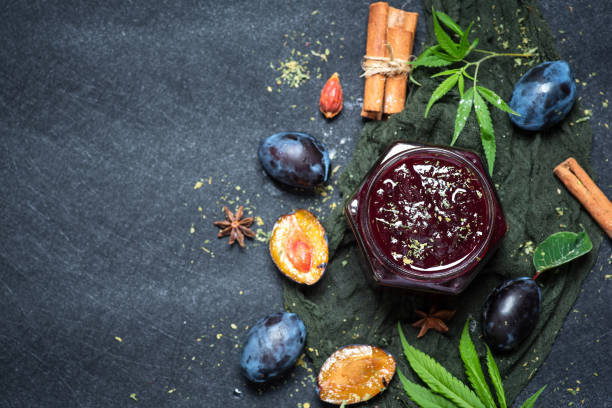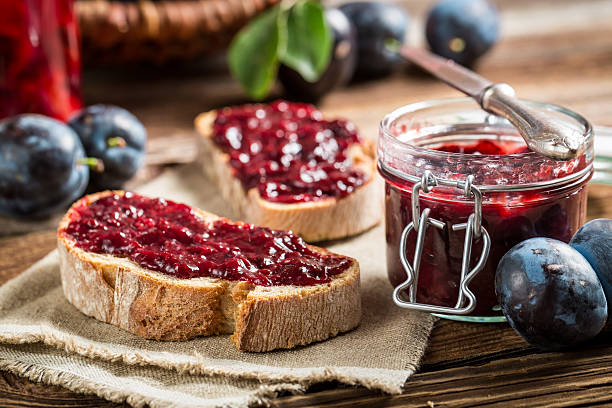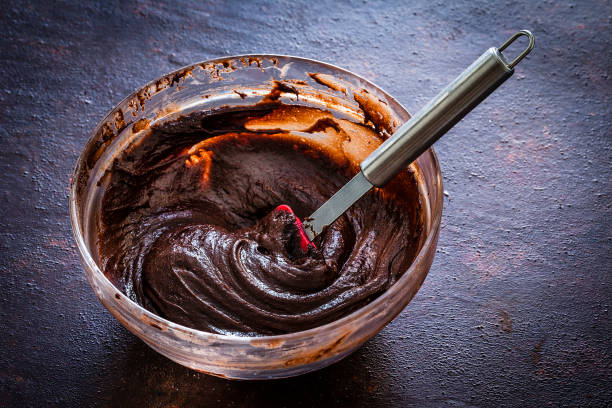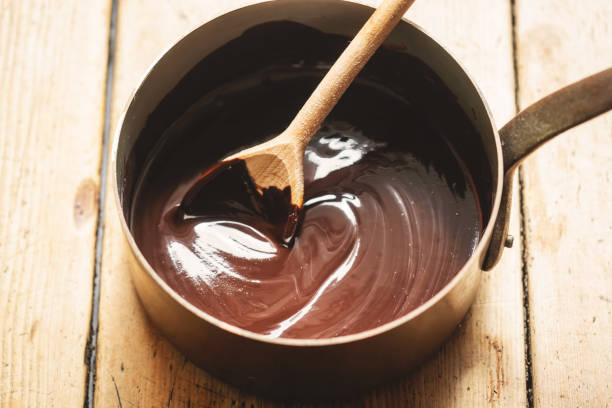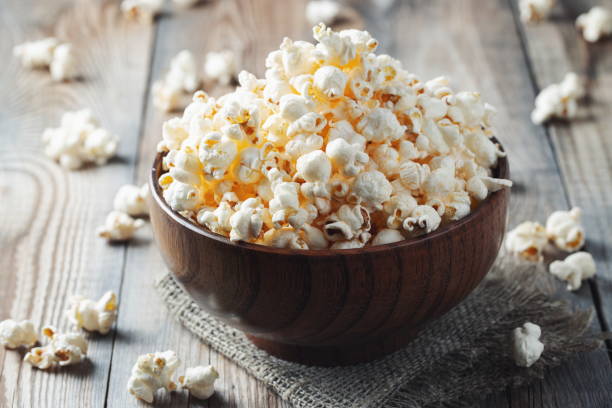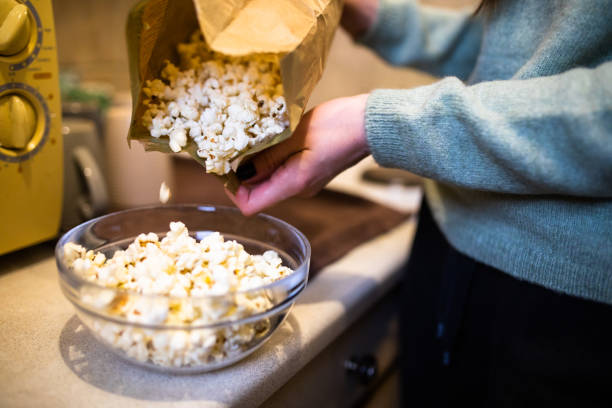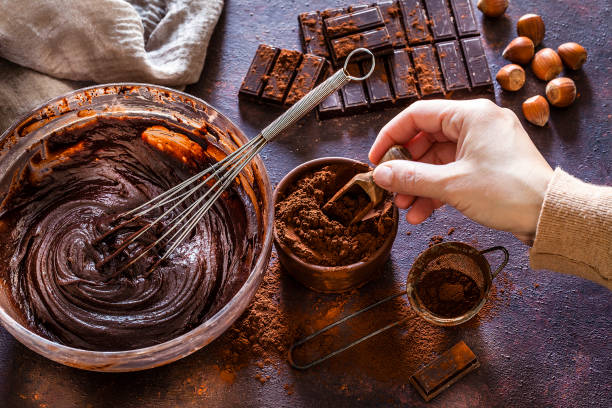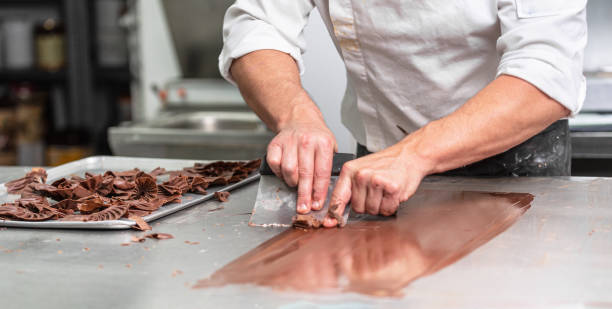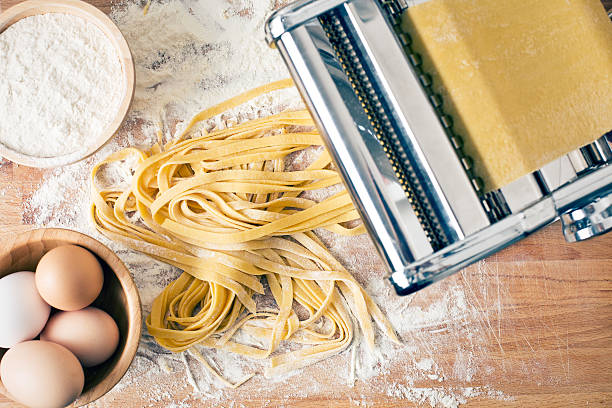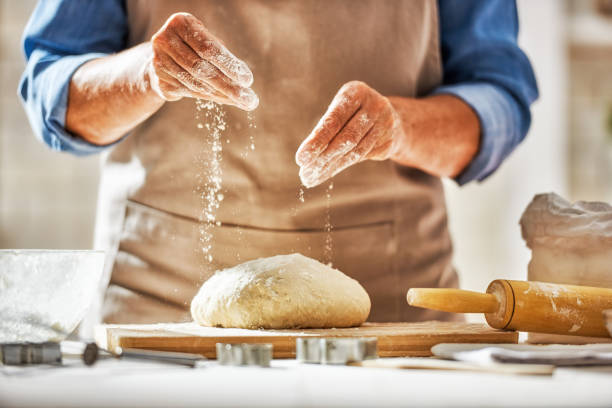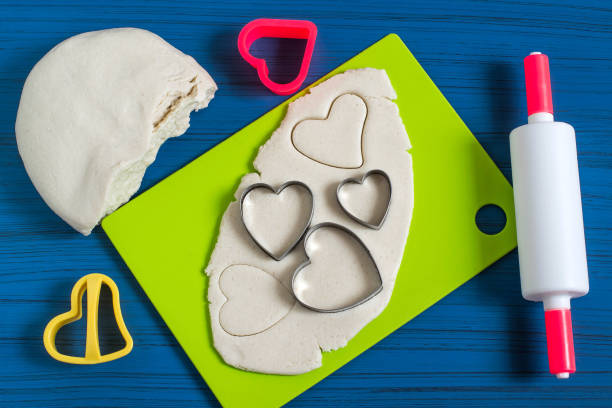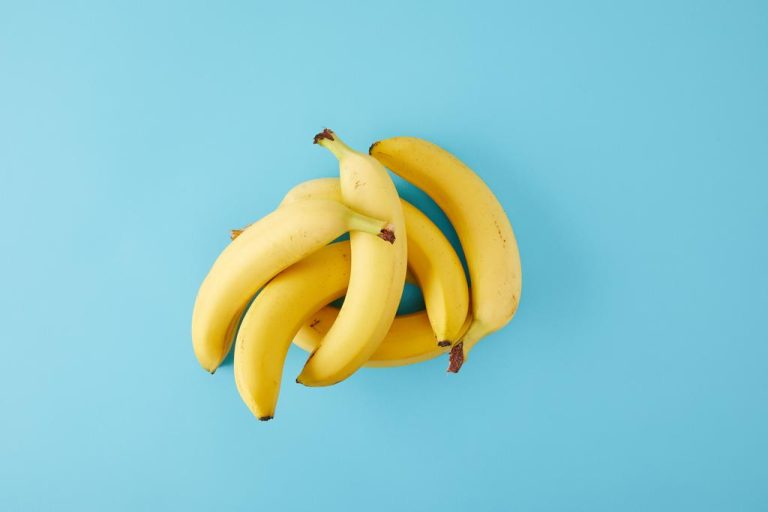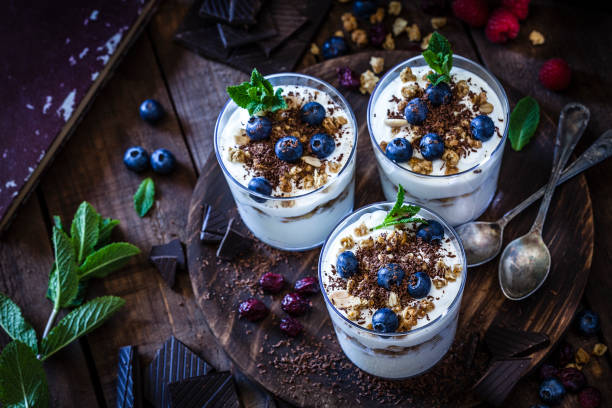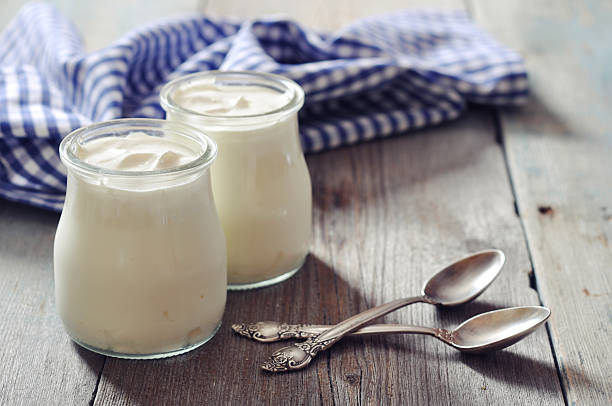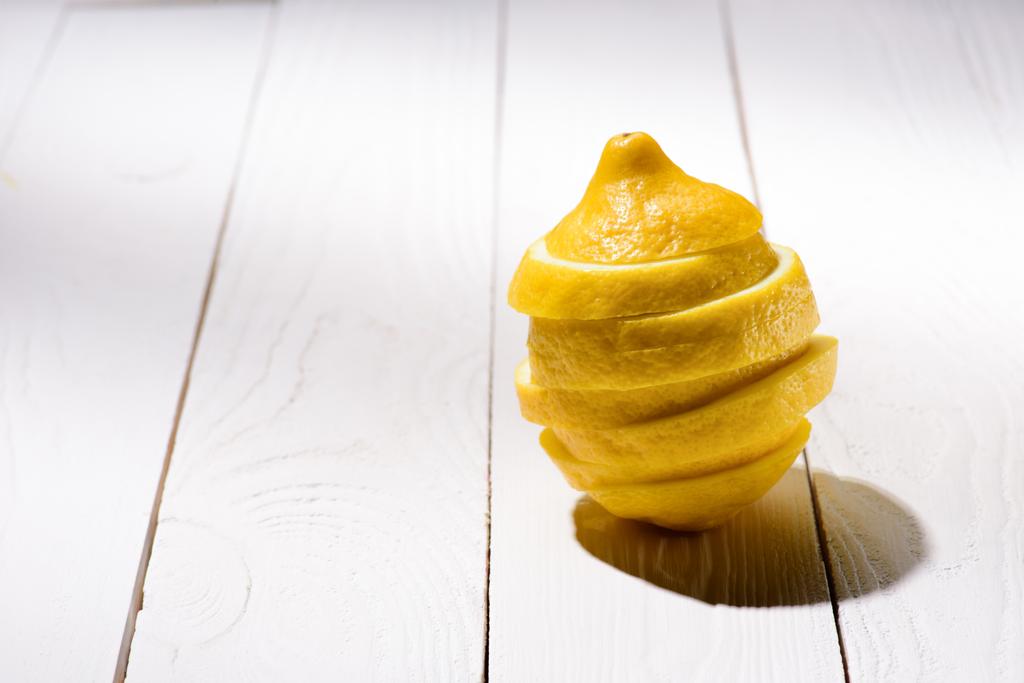Tailor’s dummies are the be-all and end-all for people who like to tailor and sew themselves and form the basis for creative sewing work. Both professionals and amateurs work with appropriate tailor’s dummies in order to be able to mark out their sewing work in the best possible way.
Especially if a direct fitting is not possible. But finding the right tailor’s dummy for you and your sewing skills is not always easy and requires a number of criteria to be taken into account.
Only a tailor’s dummy makes it fit perfectly
If you want to make sure that the tailoring result is as accurate as possible when sewing yourself, you will probably not be able to avoid buying a tailor’s dummy. Because in most cases, a flesh-and-blood person is not always available for fitting.

A tailor’s dummy is indispensable for sewing work because tailors can use it not only to check and plan their patterns but also to drape the fabrics and pin them out for sewing. You don’t need a dressmaker’s dummy for smaller jobs like patching small holes in T-shirts or repairing loose stitches and pulling threads.
When choosing a suitable tailor’s dummy, consumers should pay attention to a number of criteria, such as the dimensions of the dummy or whether the dummy has various adjustment and movement options. The cost of a tailor’s dummy can also differ significantly from one another and depend, among other things, on the material properties.
Adjustable dress form
Anyone who counts sewing as a permanent hobby or who tailors professionally usually needs an adjustable tailor’s dummy since the sewing work is largely intended for different people. However, if you primarily want to tailor for yourself, you will also be happy with a fixed tailor’s dummy to create your own individual garments. Long-term use of tailor’s dummies works best with an adjustable variant since the dimensions of many people do not remain constant over time.
Before purchasing, it is highly advisable to take the measurements of the person in question so that the choice of the appropriate bust size is not based on pure estimates. The selection of models of tailor’s dummies is very large with most suppliers, there are female and male busts, but also children’s torsos for children’s clothing. Some tailor’s mannequin manufacturers even offer models for maternity wear and elaborate designer mannequins.
Pay attention to the material properties
Earlier tailor’s dummies were mainly made of wood and were very robust. Most commercial dolls today are made of polyurethane foam or Styrofoam. Ideally, the cover of the doll should be removable and therefore washable so that new patterns or fabrics do not get dirty.

When it comes to choosing colors, light colors are ideal, as the marked patterns stand out better with light tones. Otherwise, the look of the tailor’s dummy is a matter of taste, many dummies are also used as decorative elements if the dimensions no longer match.

